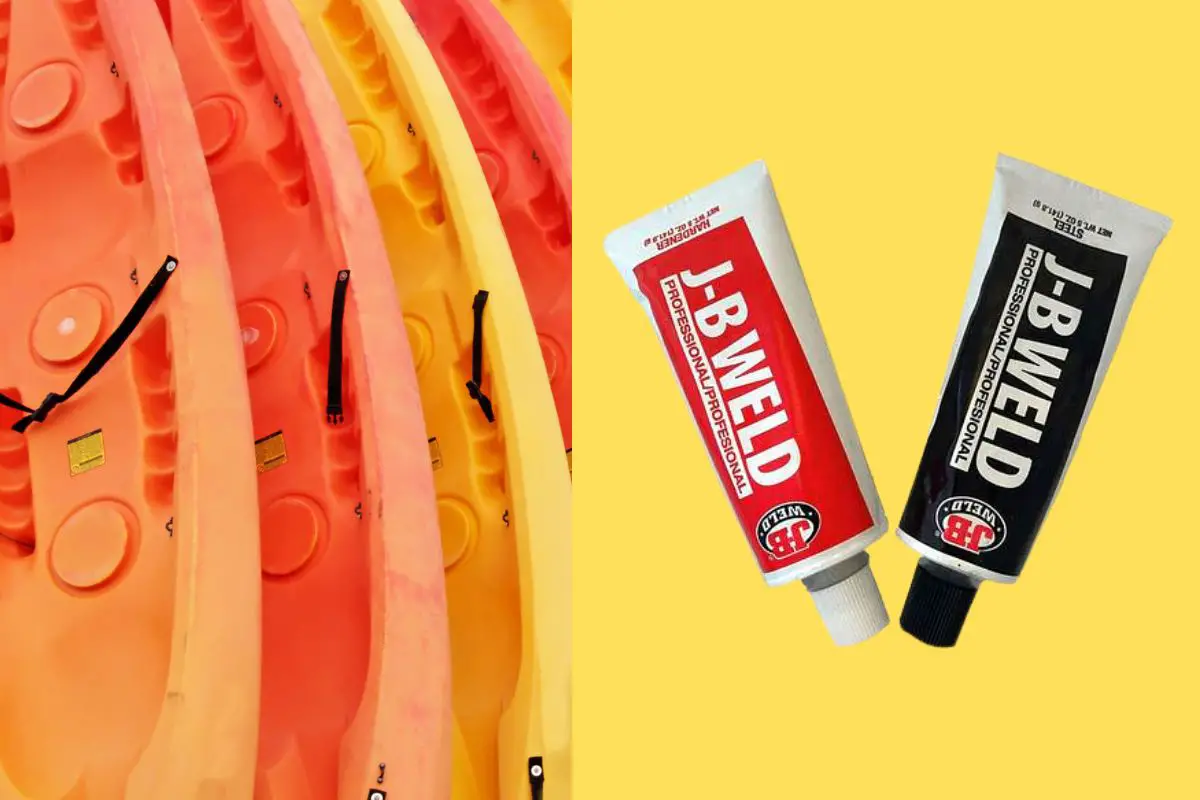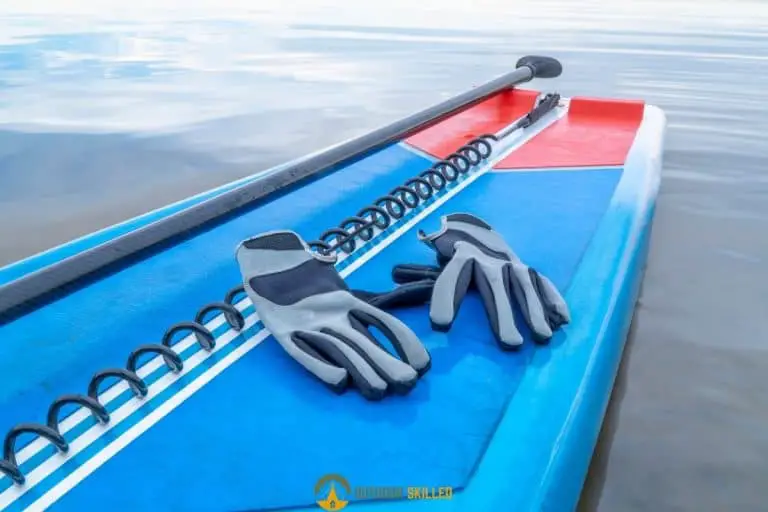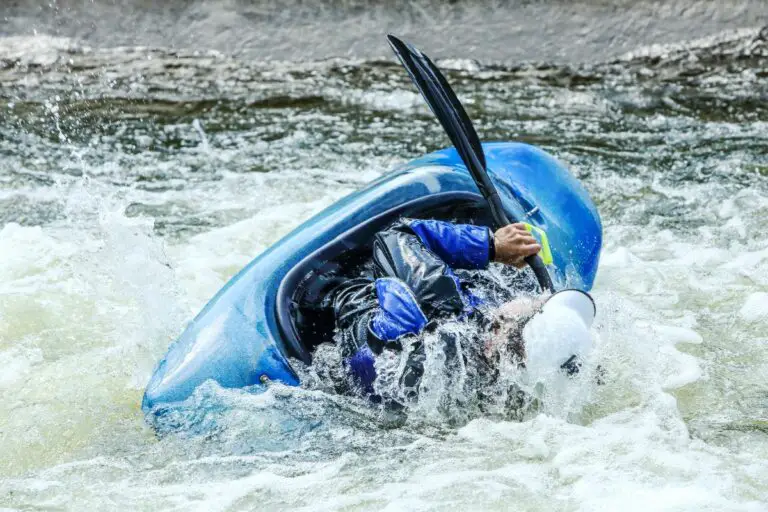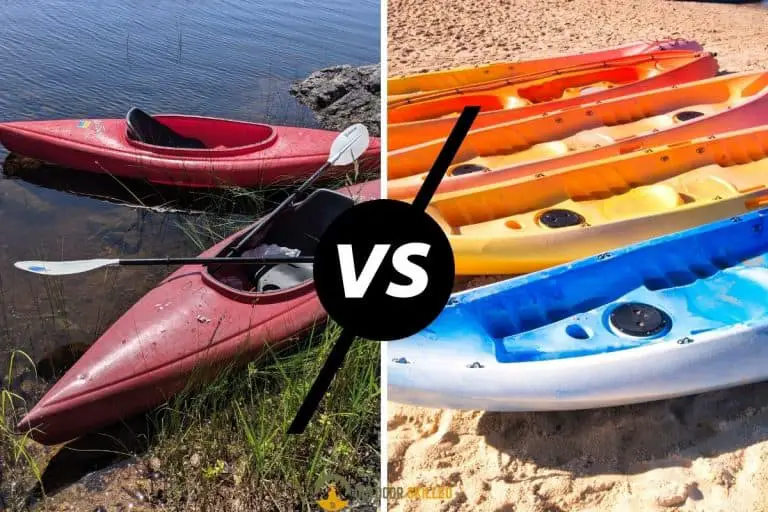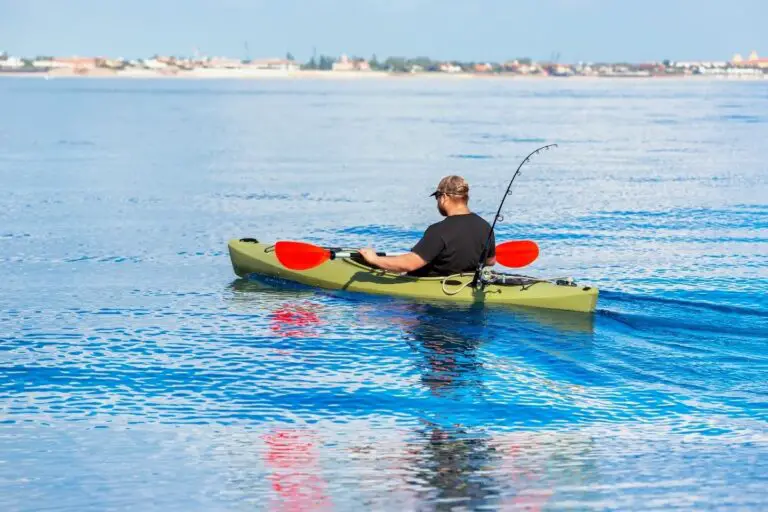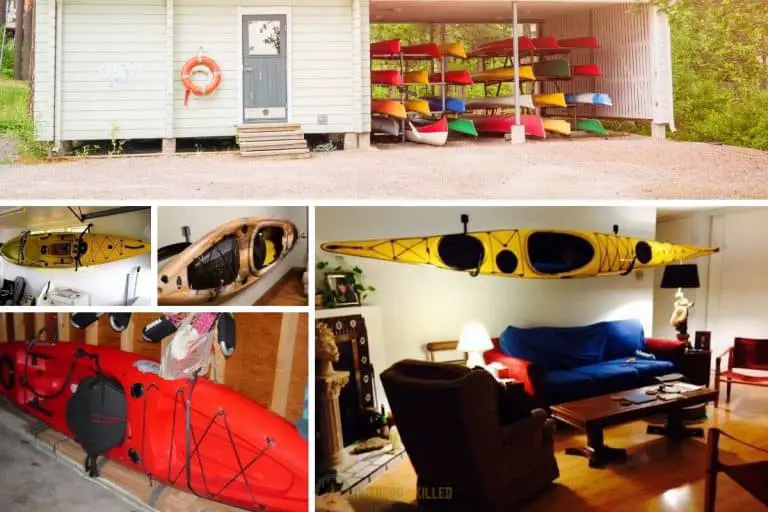Can You Use JB Weld on A Kayak? In 6 Easy Steps
One of the most common issues kayak owners face is repairing cracks or damages to the kayak’s hull. This is where adhesives come into play.
However, choosing the right adhesive is crucial, and with so many types of adhesives available in the market, it can be confusing to know which one is best suited for kayak repairs.
JB Weld is a popular adhesive that has gained a reputation for its strength and durability. So, can you use JB Weld on a kayak?
JB Weld can be used on a kayak for minor repairs such as cracks, leaks, and small holes. However, it may not be suitable for larger repairs or areas that require flexibility. When using JB Weld on a kayak, make sure to follow proper preparation and application techniques for a secure repair.
Keep reading to learn more about JB weld adhesive and how you can use it on a kayak.
Table of Contents
What Is JB Weld?

JB Weld is a two-part epoxy adhesive that is known for its strength and versatility. It consists of two components, a resin, and a hardener, that are mixed together in equal proportions to create a strong and durable bond.
Once mixed, JB Weld has a working time of about 15-25 minutes and takes about 4-6 hours to cure at room temperature fully.
JB Weld offers several different formulas, including the original, suitable for most materials, and specialized formulas for specific materials such as plastics or high-heat applications.
It is resistant to water, chemicals, and heat and can be used for a wide range of applications, including boat repairs, plumbing repairs, wood repairs, and more, but it is particularly popular for its ability to bond dissimilar materials, such as metal to plastic or wood to metal.
Can You Use JB Weld on A Kayak?
JB Weld can be used for minor repairs on a kayak, such as fixing cracks, leaks, or small holes in the hull or deck. It can also be used to reinforce weak areas or add additional support to certain parts of the kayak.
However, it is important to note that JB Weld may not be suitable for larger repairs or areas that require flexibility, such as the kayak’s joints or areas that undergo significant stress during use. In these cases, using a flexible marine adhesive specifically designed for kayak repairs may be better.
You can learn more about different methods to repair a kayak in my guide here.
It is also important to use the right type of JB Weld and follow proper preparation and application techniques.
What Type of JB Weld Is Best for Kayaks?
The original JB Weld formula is suitable for most kayak repairs, as it can bond to a wide range of materials, including plastic and fiberglass. However, JB Weld also offers specialized formulas for specific materials and applications that may be more suitable for certain kayak repairs.
For example, if the repair involves bonding to plastic, such as the kayak’s polyethylene hull, JB Weld PlasticWeld may be a better option. This formula is specifically designed for bonding to plastics and can provide a strong and durable bond.
If the repair involves high-heat applications, JB Weld HighHeat may be the best option. This formula can withstand temperatures up to 2,400°F and is resistant to chemicals and vibrations.
Ultimately, the best type of JB Weld for a kayak repair will depend on the specific material and application.
How to Use JB Weld on A Kayak?
Using JB Weld on a kayak requires careful preparation and application to ensure a strong and durable bond. So, here’s a detailed breakdown of how to use JB Weld for kayak repairs:
Materials Needed:
JB Weld (original formula or specialized formula, depending on the repair)
- Sandpaper (fine grit)
- Clean rags or paper towels
- Soap and water
- Alcohol or acetone
- Putty knife or any other suitable tool for applying JB Weld
- Mixing tool (popsicle stick or toothpick)
- Clean mixing surface (cardboard or plastic)
Step-by-Step Process:
- Identify the repair area: Determine the location and extent of the damage to the kayak. Ensure that the repair area is accessible and that you have enough space to work on it.
- Clean the repair area: Thoroughly clean the area to be repaired with soap and water, and then sand it lightly with a fine-grit sandpaper. Wipe down the area with alcohol or acetone to remove any remaining debris or contaminants.
- Mix the JB Weld: Mix equal parts of the JB Weld resin and hardener on a clean surface, such as a piece of cardboard or plastic, using a clean mixing tool such as a popsicle stick or toothpick. Mix only the amount of JB Weld needed for the repair as it has a limited working time of about 15-25 minutes.
- Apply the JB Weld: Apply the mixed JB Weld to the repair area with a putty knife or other suitable tool, making sure to spread it evenly over the surface. Use enough JB Weld to completely cover the damaged area, but avoid applying it too thickly, as this can affect the curing time and strength of the bond.
- Allow the JB Weld to cure: Once the JB Weld has been applied, let it cure for at least 4-6 hours at room temperature. Avoid using the kayak or exposing the repair area to water or other harsh conditions during this time.
- Sand and finish the repair: After the JB Weld has cured, sand the repair area lightly with fine-grit sandpaper to smooth out any rough edges or excess JB Weld. Finish the repair with a coat of paint or sealant if desired.
For visual instructions, check out this quick video:
Conclusion
Overall, JB Weld is a versatile and effective adhesive that can be a useful tool for kayak repairs, but it should be used with caution and only for appropriate applications.
By following the steps outlined above and using the appropriate materials, you can use JB Weld can for small repairs. However, when in doubt, consult a professional or experienced kayak repair technician for guidance on the best approach for your specific repair needs.
Kayak your way to Freedom
- On a budget? Check out the best fishing kayaks under $500 here and the best Fishing Kayaks under $1,000 here. Or Check the best Cheap Kayaks here.
- Going fishing? Here are the best Ocean fishing kayaks, and here are the best River Fishing Kayaks.
- You can also find the best Fly Fishing Kayaks here and the best Bass Fishing Boats here.
- A bit experienced? Check out the best modular kayaks here and the best tandem fishing kayaks here.
- Looking for something special? Check out my favorite Ducky kayaks here.
- Navigate your way with these awesome and beginner-friendly Kayak compasses.
- Going Hunting? These Duck hunting kayaks will give you an unfair advantage!
- Have a need for speed? These motorized kayaks will get you moving.
- Protect yourself from the sun with these Kayak shades, and make your kayak more comfortable with these Kayak seats.
- Keep your feet dry and warm with these superb Kayaking shoes.
- Going Kayaking in cold water? Stay warm with these Kayaking gloves.
- Paddle Less, Fish More with the Best Kayak Motors
- Looking to get a trolling motor on your kayak? Check out the best kayak trolling motor mounts here.
If you like this article, please share it or pin it, you can find the share buttons below. We will really appreciate it ❤️

